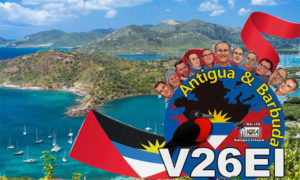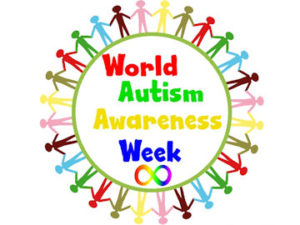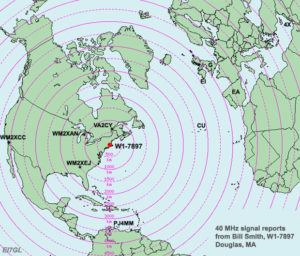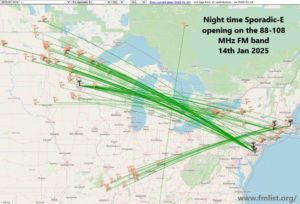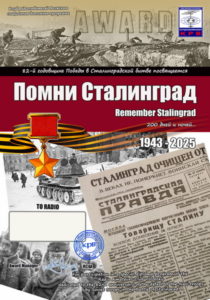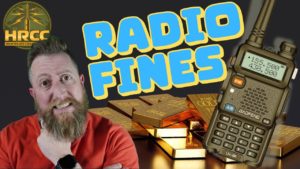ARRL Comments on FCC Draft World Radiocommunication Conference Recommendations
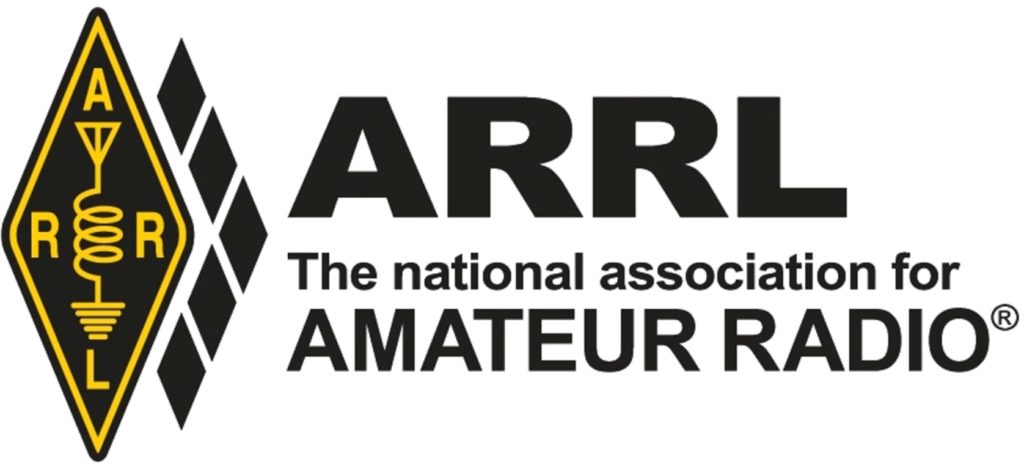
ARRL has submitted comments on two draft recommendations approved in October by the FCC’s World Radiocommunication Conference Advisory Committee (WAC). The comments focus on draft recommendations for the World Radiocommunication Conference 2023 (WRC-23) Agenda Item (AI) 1.2. AI 1.2 will consider the identification of frequencies in the 3.3 – 3.4 GHz and 10.0 – 10.5 GHz bands, among others, “for International Mobile Telecommunications (IMT), including possible additional allocations to the mobile service on a primary basis,” in accordance with WRC-19 Resolution 245. ARRL urged no change to the 3.3 – 3.4 GHz international secondary allocation to the Amateur Service in ITU Regions 2 (the Americas) and 3 (Oceania), and no change to the 10.0 – 10.5 GHz worldwide secondary amateur and amateur-satellite allocation.
“Radio amateurs make substantial use of both bands,” ARRL said in its comments. “They have conducted experiments and designed systems that protect primary users. The lack of interference complaints is evidence that they have been successful in doing so. In this manner, new spectrum horizons are explored and new techniques are developed that put spectrum to productive use that otherwise would represent lost opportunities and waste of the natural resource.”
ARRL stressed that the WAC preliminary views make no suggestion that the international secondary allocations to the Amateur Service should not continue in both bands. ARRL said it wanted to reaffirm that these secondary allocations continue to be important and useful and that WRC-23 should not consider changing either secondary allocation.
“Sharing between primary users and secondary amateur radio users has been highly successful, and the US domestic Table reflected the International allocations until this year,” ARRL said. In September, however, the FCC adopted an Order to delete the secondary amateur and amateur-satellite allocations in the 3.3 – 3.5 GHz band. Amateur radio operations may continue on a secondary basis, subject to decisions to be made on issues raised in a Further Notice of Proposed Rulemaking in the proceeding, WT Docket 19-348.
ARRL maintained that amateur radio should remain secondary in the international allocations at 3.3 – 3.4 GHz “until more is known about the technical characteristics of equipment that will be used by new services and the extent of geographic build-out.”
With regard to 10.0 – 10.5 GHz, ARRL noted that it has been used for many amateur terrestrial experiments and tests that have helped to develop the technical characteristics of the band. The band also is heavily used throughout much of the world as the downlink for the Qatari amateur satellite Es’hail-2 (QO-100).
ARRL noted that radio amateurs utilizing the secondary spectrum at 3.3 – 3.4 GHz and 10.0 – 10.5 GHz “have developed and honed their equipment and capabilities to share with the existing services.”
“The Amateur Service has earned its reputation for making careful and non-preclusive use of its secondary allocations and will continue doing so,” ARRL concluded. “Therefore, we respectfully request that the Amateur Service and Amateur-Satellite Service be continued as secondary services in the above bands.”
If you have found a spelling error, please, notify us by selecting that text and pressing Ctrl+Enter.
